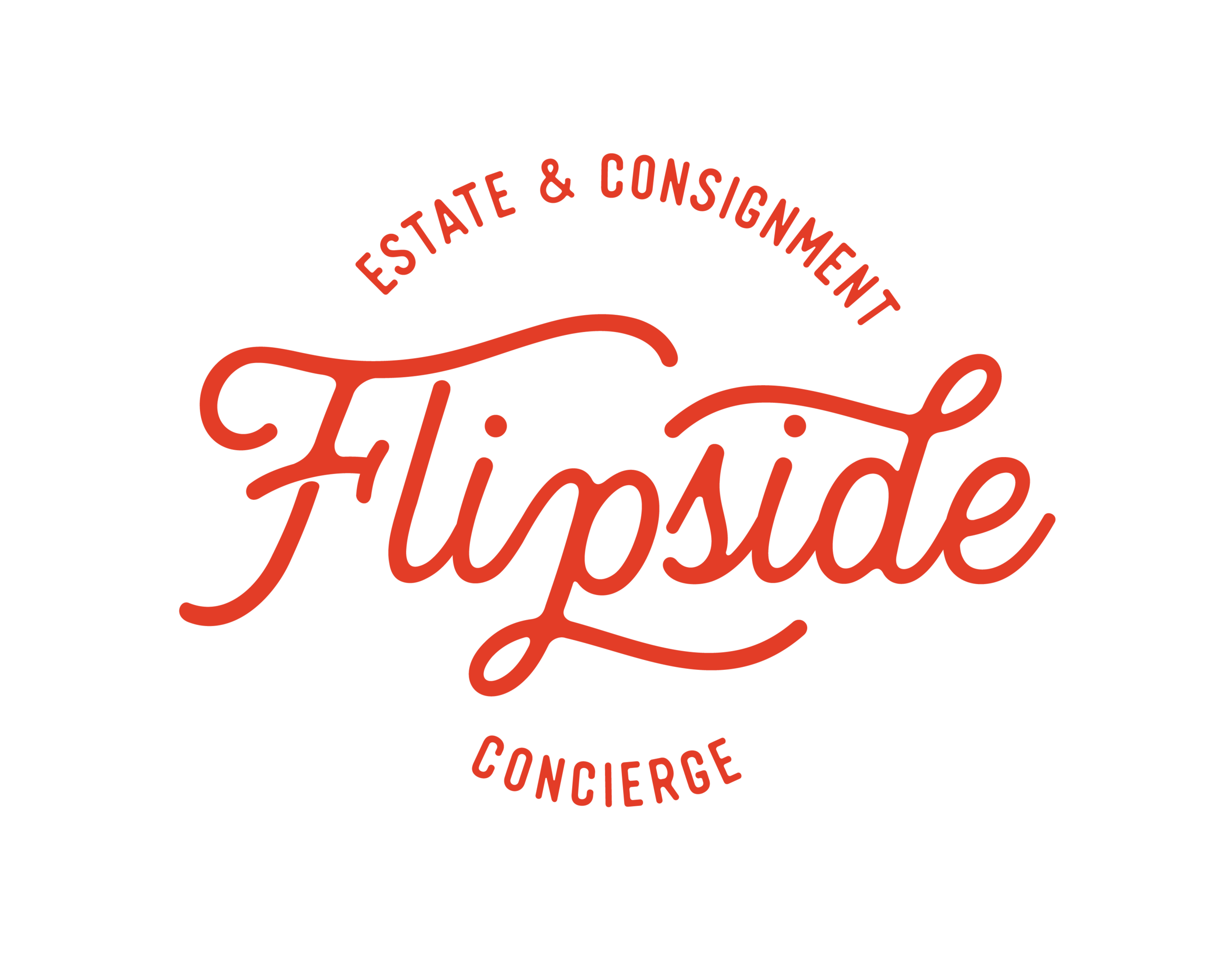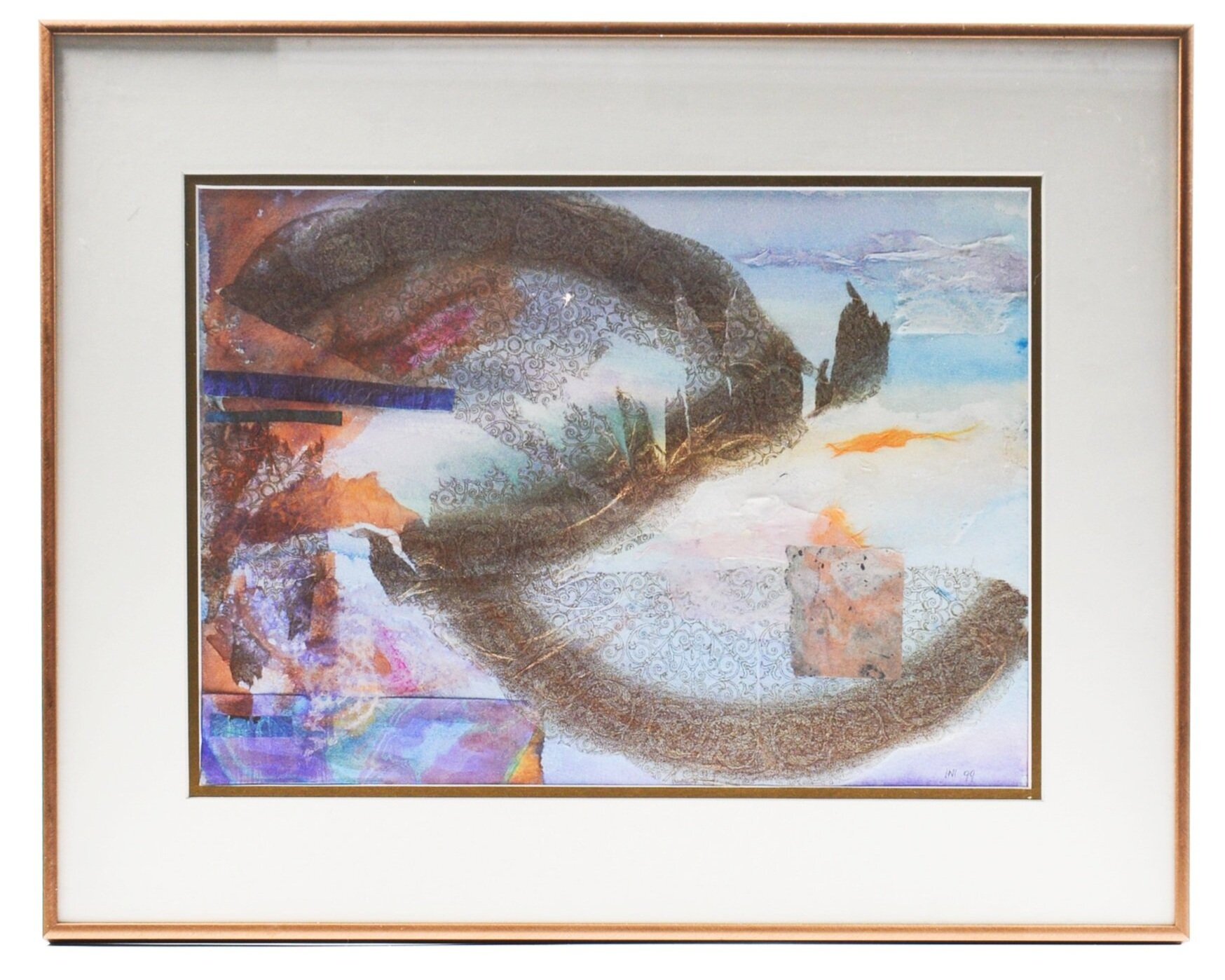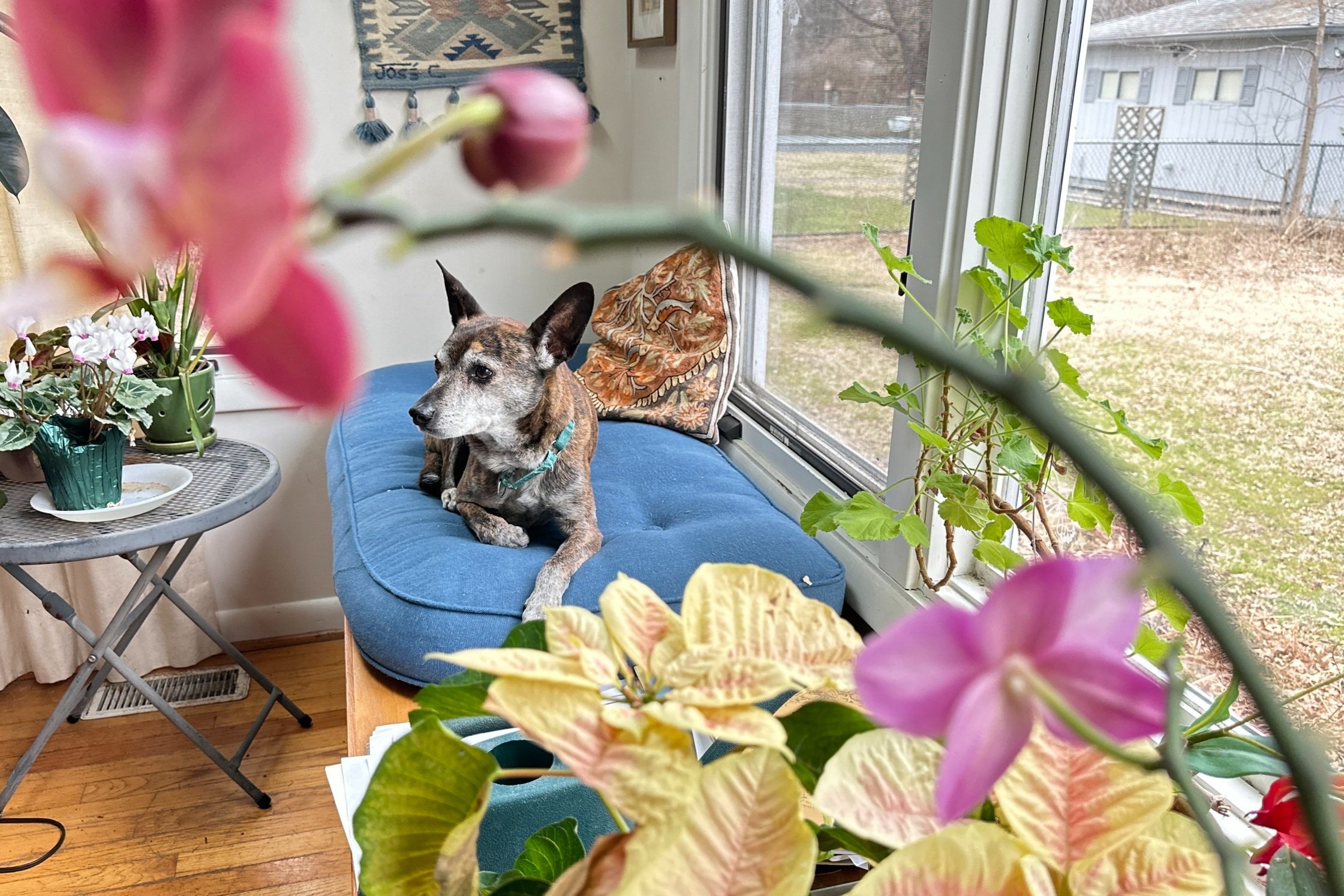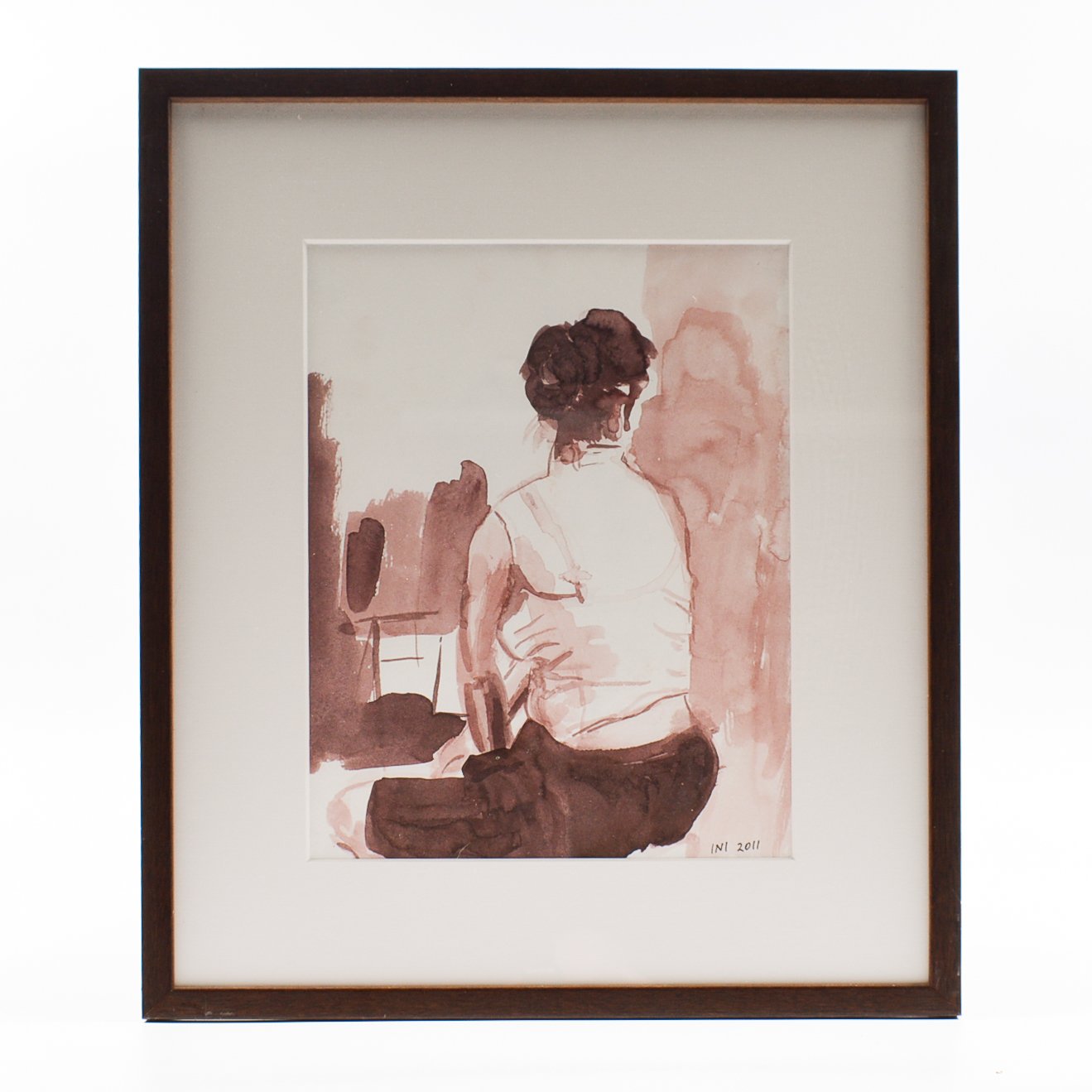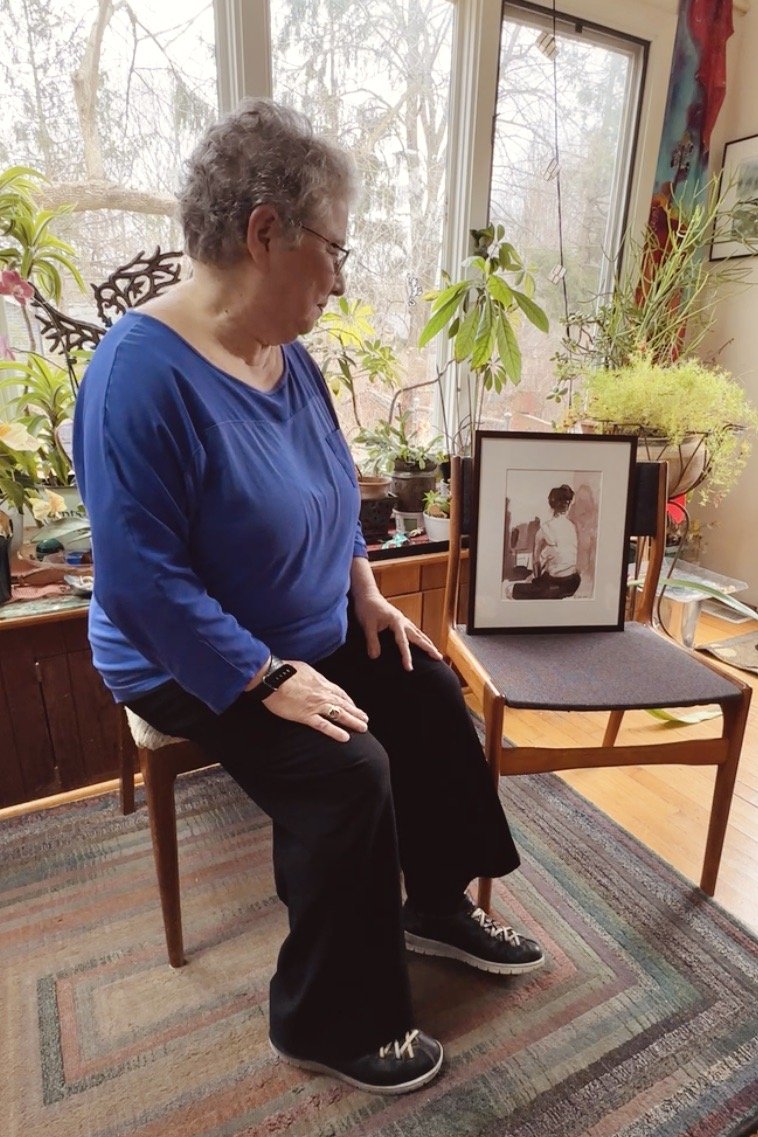The Magical World of Ingrid Bellman
In March, Flipside is featuring the work of Ingrid Fischer-Bellman, Indianapolis Symphony cellist and multidisciplinary artist. She invited us into her home for a private concert and shared the stories behind her collection. She reveals how creating artwork is a “key to happiness” that has helped her through difficult periods and opened up “a new way of seeing”.
Listen to an intimate cello solo performed at Ingrid’s home.
You've been playing music since you were nine. When did you start making artwork?
I doodled a lot as a kid. My uncles lived in Romania and we lived in Israel, so they sent us story books with beautiful pictures, and I would sometimes trace them and color them. It seemed like magic to me. And later on, when my uncle Tibor retired, he learned watercolor. Every time he sent us a letter, there was a little stamp size image that he painted and I just fathomed: “how do you start, what do you do with it?”
A corner of Ingrid’s home features an original watercolor (right) and painting of a cello on silk (left).
I always thought that was just a magical world and I didn't even know what a key to happiness it was. The instrument was often a love-hate relationship. I love music and I love moving to music and the freedom that it gives you when you dance to it. The energy that it brings, you know. I was on a deadline all the time with the cello to perform and perfect it.
I was already playing professionally in the orchestra and after the death of my father, I became terribly depressed. I went to a counselor and he suggested I take art classes. I started going to the Indianapolis Art Center. I went to drawing class by Paul Sweeney, then watercolor, photography, design, figure painting, collage making. I have taken classes from different people in different fields, even fabric painting, just to learn to be loose. I got very into it. I even took calligraphy.
Every aspect of it opened up a new world. And I evolved, like with everything else. In the beginning, I wasn't aware of what I can use or how. There is no progress in art, but there is an evolution and eventually you come back to the same place. You are constantly experimenting, growing and being moved or touched by things.
What impact did art making have on your daily life?
Looking around, even at the yard, I was so homesick. I still am - but noticing things helped me focus. I do photography because it keeps my mind focused on something. If I were to draw it, it would take three hours, you know, but like this, *snap* and it's there.
Ingrid’s beloved dog lounges in her bright studio, surrounded by orchids, poinsettias, and other plants.
With every aspect l learned about portraits or figures, I was happy, even if I would be stuck in a line somewhere. I looked at the faces of people and it opened a new way of looking and understanding art.
Do you remember any advice that your teachers gave you?
“If you do a mistake or something that you don't like, don't toss it away. Just wait and you'll figure out how to incorporate it soon.” I think a lot of people tend to be like, ‘oh, I don't like this’ and start over. Especially when you're trying something new.
Sometimes you have beginner's luck, and then the second time it becomes you are trying to duplicate something. And it doesn't work. But to have that directness, it's really very precious, very special.
Do you have any advice for someone who is downsizing and is having a hard time letting go of things?
I think finding people who appreciate and enjoy what you share is really helpful. I gave a lot of my collection to colleagues in the orchestra, or to colleagues who have little children and things. And seeing the kids play with it was so therapeutic to me. To see that instead of just collecting dust, when things are being used, if people enjoy what you share, it makes me very, very happy.
My teacher, Caroline, does a lot of her purchases in secondhand stores and she told me, “Remember how much joy you had when you found that unbelievable piece? You can donate and know that you are giving the same pleasure to somebody else”. So that's what I'm trying to think about.
Ingrid’s mixed media floral piece is inspired by her love of plants, apparent in her sun-dappled studio.
